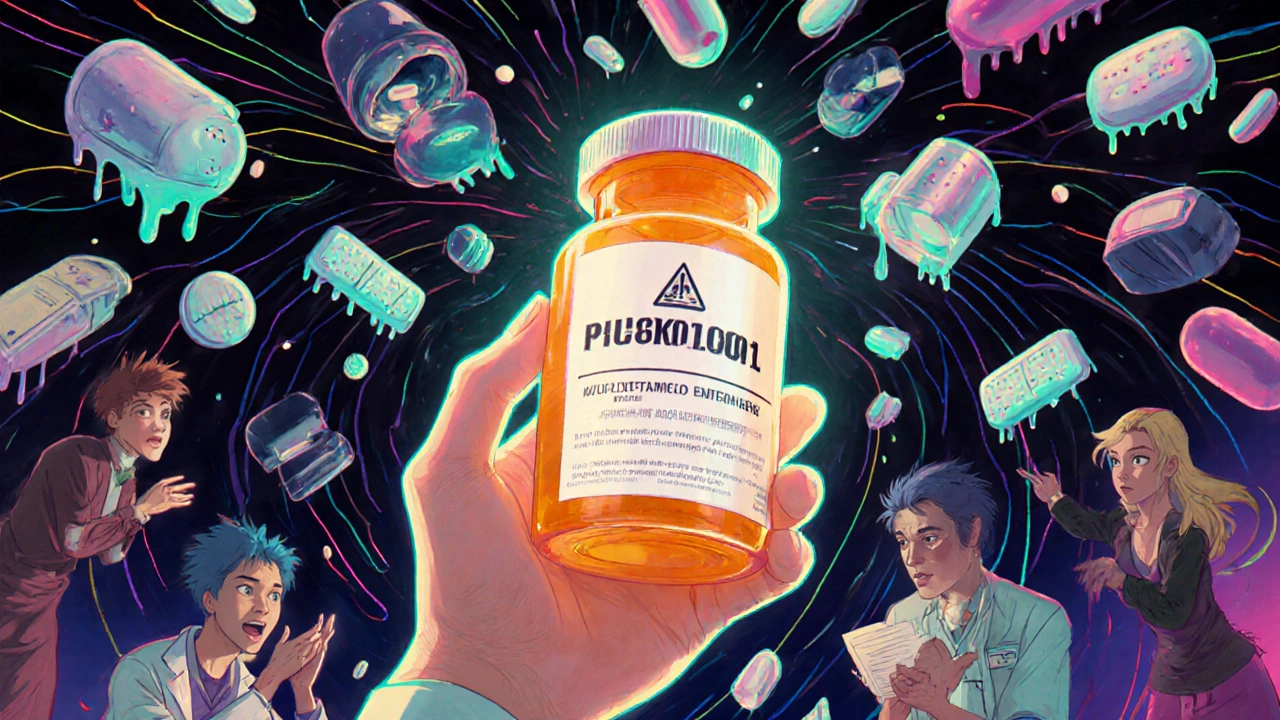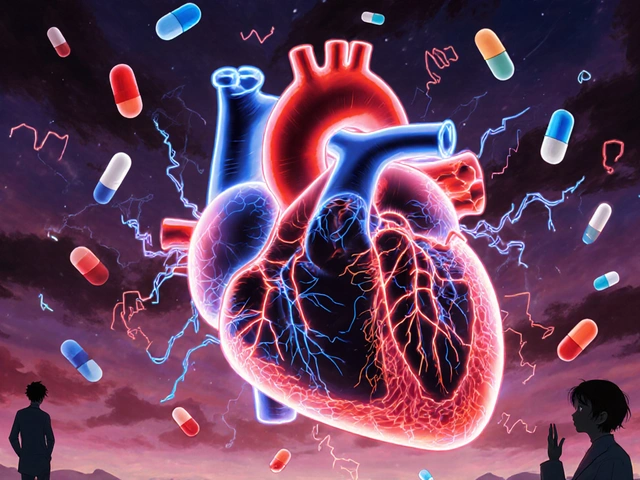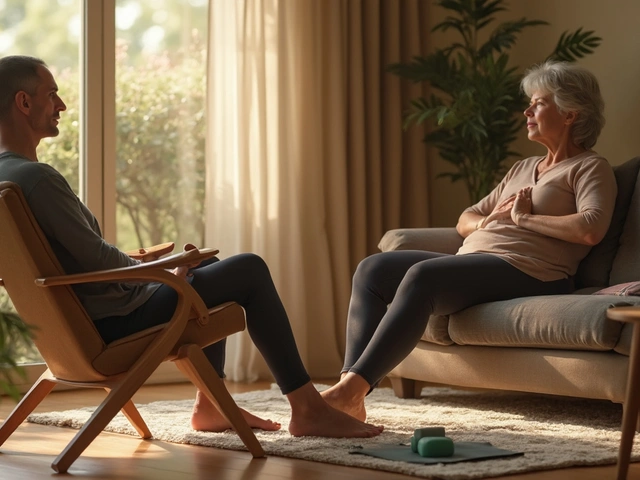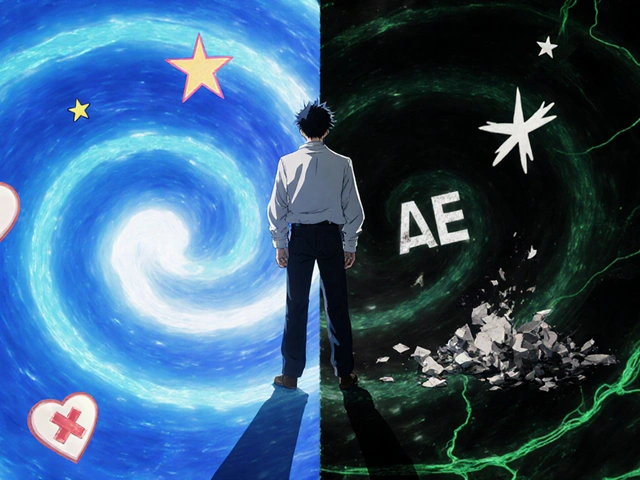Every year, thousands of generic medications are pulled from shelves because they don’t meet basic safety standards. It’s not because the drug doesn’t work-it’s because something went wrong in the factory. Between 2015 and 2024, the FDA recorded an average of 323 drug recalls annually, and nearly half of them involved generic drugs made overseas. These aren’t rare events. They’re a regular part of how the system works-and knowing what to do when your medicine is recalled could protect your health.
Why Do Generic Drugs Get Recalled?
The most common reason? Broken manufacturing rules. The FDA calls these Current Good Manufacturing Practices (CGMP), and they’re the basic standards every drug maker must follow. When companies skip steps-like not cleaning equipment properly, not testing batches thoroughly, or not training staff correctly-drugs can end up contaminated, weak, or too strong. In April 2025, Glenmark Pharmaceuticals recalled nearly 40 types of generic pills made in India, including common painkillers like acetaminophen and ibuprofen. The problem? Poor facility hygiene and inconsistent quality checks. The FDA flagged the site after inspections showed dirty equipment and uncalibrated machines. These aren’t mistakes-they’re preventable failures. Another big issue: pills that don’t dissolve right. If a drug like atorvastatin (generic Lipitor) doesn’t break down in your stomach the way it should, you won’t get the full dose. That’s dangerous for the 47 million Americans who take it to control cholesterol. In September 2025, over 140,000 bottles of generic atorvastatin were pulled because lab tests showed the tablets weren’t dissolving properly. Same story with lisdexamfetamine (generic Vyvanse) in October 2025-patients could’ve been getting too little or too much of their ADHD medication. Contamination is another major cause. In October 2025, a liquid hydrocodone solution was recalled after particles were found inside the bottles. Even worse, more than 50 million fentanyl patches were returned because the seals leaked. That meant some patients got too little pain relief-and others got a dangerous overdose. These aren’t theoretical risks. Real people have been hurt.Where Are These Drugs Made?
Most generic drugs sold in the U.S. aren’t made here. About 68% of all drug recalls between 2015 and 2024 came from factories in India and China. India alone accounts for over 42% of those recalls. Why? Because it’s cheaper. But lower cost doesn’t always mean lower risk. The FDA doesn’t have enough inspectors to visit every overseas plant regularly. Before 2023, high-risk facilities were checked only once every 4.7 years. Now, thanks to new rules, they’re inspected every 2.3 years. Still, that’s not enough to catch every problem before it reaches your medicine cabinet. Even when recalls happen, the system doesn’t always work. About 19% of recall notices never reach patients. You might be taking a recalled drug and not know it-unless you check.What Do the Recall Classes Mean?
Not all recalls are the same. The FDA ranks them by risk:- Class I: Highest risk. The drug could cause serious injury or death. These are rare but serious.
- Class II: Moderate risk. The drug might cause temporary health problems or make your condition worse. Most recalls fall here.
- Class III: Lowest risk. The drug won’t hurt you, but it doesn’t meet quality standards.

What Should You Do If Your Medicine Is Recalled?
Don’t panic. Don’t stop taking your medicine unless your doctor says so. Here’s what to do instead:- Check your lot number. Look on the bottle or box. If you don’t have it, call your pharmacy. They can tell you if your batch is affected.
- Don’t quit cold turkey. Stopping ADHD meds like Vyvanse suddenly can cause depression, fatigue, or worse symptoms. Stopping blood pressure or heart meds can be dangerous too.
- Contact your doctor. They’ll tell you if you need a replacement or a different medication. Don’t switch on your own.
- Return the drug. Take it back to the pharmacy. Most will give you a refund or free replacement.
- Report side effects. Use the FDA’s MedWatch program to tell them if you had a bad reaction. This helps track problems.
What Happens After a Recall?
Recalls aren’t just about safety-they’re expensive. The average recall costs a company over $47 million. That includes pulling products off shelves, paying for replacements, lost sales, and damaged trust. Glenmark’s stock dropped 14% after its 2025 recall. Sun Pharma lost nearly 10% after its Vyvanse recall. But the real cost is felt by patients. About 37% of generic drug recalls cause shortages. For people who rely on statins, blood pressure meds, or insulin, an 8-week delay can mean hospital visits or worse. That’s why the FDA is pushing harder to catch problems before they start. In 2025, the agency expanded its PREDICT system to scan every imported generic drug before it enters the U.S. By 2026, all shipments will be screened. Major manufacturers like Teva and Viatris have also formed a new quality consortium, spending $285 million to set up independent labs in India and China to double-check production.
How to Protect Yourself
You can’t control what happens in a factory overseas. But you can control what you do at home:- Keep your prescription bottles. Don’t throw them away right away. The lot number is your first line of defense.
- Sign up for recall alerts. The FDA sends out email and text alerts. Go to fda.gov/medwatch to subscribe.
- Ask your pharmacist: “Is my medication on any recall list?” Do it every time you refill.
- Use one pharmacy. It makes it easier for them to track your meds and catch recalls.
- Know your meds. If you take atorvastatin, Vyvanse, or fentanyl patches, be extra careful. These are the drugs most often recalled.
What’s Next?
The number of generic drug recalls keeps rising. From 2023 to 2024, they jumped 23%. That’s not because more drugs are unsafe-it’s because we’re looking harder. The FDA is catching more problems. That’s good news. It means fewer dangerous drugs are slipping through. But until every factory is inspected regularly, and every patient gets a recall notice, you need to stay alert. Your health depends on it.Are generic drugs less safe than brand-name drugs?
No. Generic drugs are required to meet the same safety and effectiveness standards as brand-name drugs. The difference isn’t in the drug itself-it’s in where and how it’s made. Most recalls happen because of manufacturing problems, not because the active ingredient is weaker or unsafe.
Can I still take my medicine if it’s recalled but I’m out of refills?
Don’t stop suddenly unless your doctor says so. If you’re out of refills, call your pharmacy or doctor right away. They can help you get a replacement or switch to another version. Stopping some medications abruptly-like blood pressure or antidepressants-can be dangerous.
How do I find out if my drug has been recalled?
Check the FDA’s website at fda.gov/drugrecalls. You can search by drug name, lot number, or company. Your pharmacy should also notify you, but don’t rely on that alone. Always check yourself.
Why are so many recalls linked to India and China?
Most generic drugs are made overseas because it’s cheaper. India and China produce over 80% of the world’s generic medicines. But the FDA can’t inspect every factory often enough. That creates gaps in oversight. While many facilities are safe, the ones with problems are more likely to be in countries with less frequent inspections.
What should I do if I think I took a recalled drug?
If you suspect you took a recalled medication, contact your doctor. They can check if the drug could have affected your health. If you feel unwell, report it to the FDA’s MedWatch program. Even if you feel fine, reporting helps track patterns and prevent future problems.






